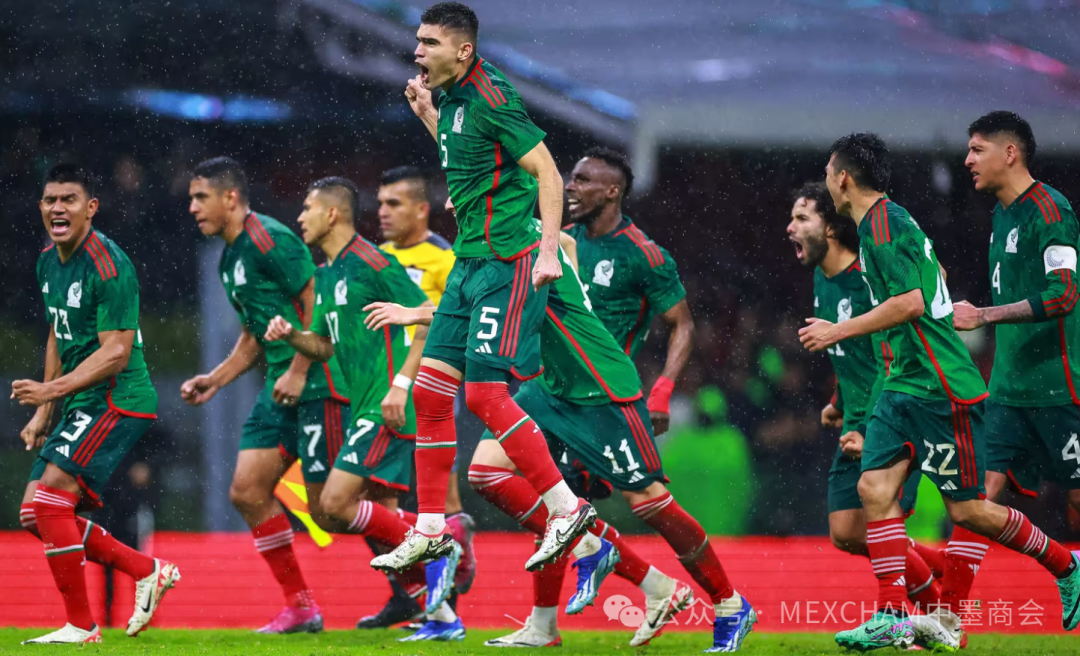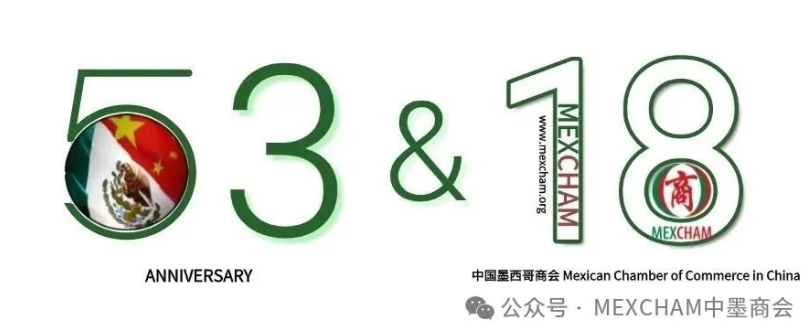
The 2026 FIFA World Cup is approaching fast, so Mexico is positioning itself to receive it. The country will host 13 matches in Mexico City, Guadalajara, and Monterrey, with government officials expecting over 5.5 million visitors and an estimated US$3 billion in revenue.
According to the Mexican Football Federation (Femexfut), the hospitality sector — including hotels, restaurants, and transportation and travel agencies — could capture about US$1 billion. The influx of visitors is also projected to create over 24,000 jobs, primarily in host cities.
Infrastructure improvements are already underway. While stadiums are already in place, major renovations and urban works are being carried out to meet FIFA standards.
Mexico City, host of the opening match and four additional games including one featuring the national team, is investing about US$100 million in upgrades to Estadio Azteca and transportation improvements.
Guadalajara will host four matches, one featuring the national team, with US$50 million earmarked for access and service upgrades at Estadio Akron. Monterrey will welcome three group-stage games and one knockout round match, and is expected to invest with US$50 million for projects around Estadio BBVA and local transit routes.
The 2026 World Cup will also mark a historic moment. For the first time, 48 teams will compete, increasing the number of matches from 64 to 104. Of these, 78 will take place in the United States, while Mexico and Canada will share the remaining 26.
FIFA Fan Fest
In related news, Mexico’s Caribbean region is being considered as a potential site for an official FIFA Fan Fest, according to tourism officials.
Cancun could become one of the official FIFA Fan Fest sites during the 2026 FIFA World Cup. The Quintana Roo Tourism Promotion Council (CPTQ) confirmed that it has opened talks with FIFA to bring the fan experience to Mexico’s Caribbean city.
Rodrigo de la Peña, President, Cancun, Puerto Morelos, and Isla Mujeres Hotel Association (AHCPMIM), says that the event remains under evaluation but is considered a strong possibility. The proposal envisions hosting the festival on one of Cancun’s beaches.
“This is an ongoing initiative. There is not yet a set date, venue, or activities, but the package would include tickets, activations, a giant screen zone, cultural and culinary experiences, and, of course, the vibe of the Mexican Caribbean,” de la Peña says.
As part of the strategy, organizers are also negotiating with airlines to add direct routes from Spain, the United Kingdom, and Poland to Cancun to attract more international visitors during the tournament.
Fan Fests have generated major benefits in past World Cups. For example, FIFA reported that the Moscow festival during the 2018 tournament attracted more than 3 million attendees and generated about US$60 million in economic activity. In Brazil 2014, host cities saw up to US$40 million in additional revenue from Fan Fests.
“This can reinforce Cancun’s image as a tourist, sports, and cultural destination. It is aligned with a state plan to position the city as a festive hub during the World Cup,” de la Peña says.
Hotel groups are also waiting for authorization to use World Cup branding in tourism packages.

中国墨西哥商会将继续作为墨西哥与中国之间的桥梁,不断努力。

(MEXCHAM)中国墨西哥商会
www.mexcham.org
bj.info@mexcham.org
